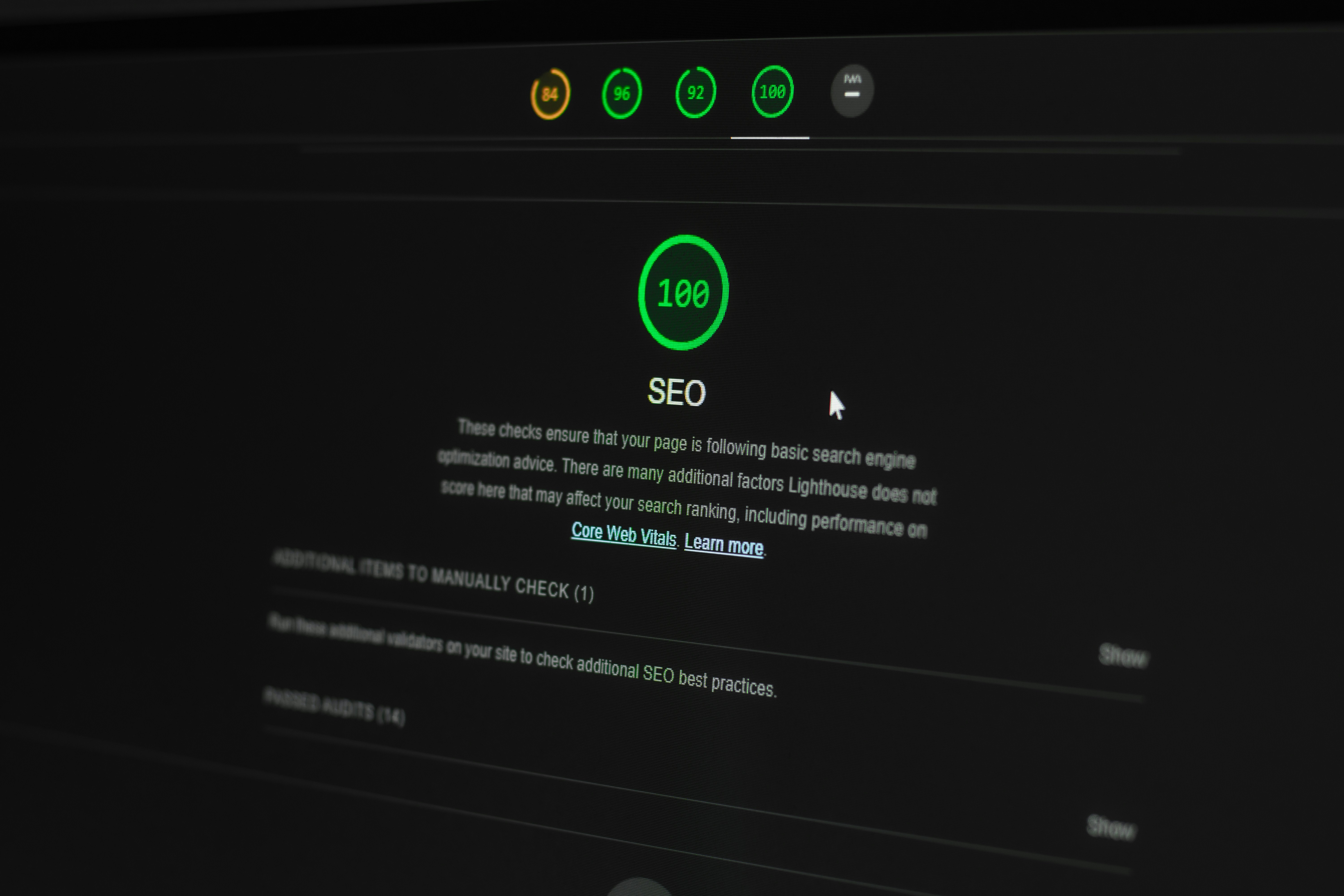Understanding Google AdSense
Google AdSense is an advertising program developed by Google, allowing website owners and bloggers to monetize their content by displaying relevant ads on their platforms. Advertisers pay Google to run their ads, and in turn, publishers receive a share of the revenue generated through clicks or impressions. This model has made it a popular choice for many individuals and organizations looking to enhance their online income streams.
One of the primary functions of Google AdSense is to connect advertisers with publishers effectively. The platform generates ads tailored to the content of the publisher’s site, ensuring that the advertisements are relevant to the audience. This relevance is achieved through contextual targeting, which allows for various ad formats, including display ads, text ads, rich media ads, and video ads. Publishers can choose the types of ads they wish to display, giving them control over the user experience and how they want their content to be presented.
To utilize Google AdSense, publishers must meet specific eligibility criteria set by Google. Generally, this entails having a website that complies with AdSense policies, including content guidelines and user experience standards. Once they believe they meet these requirements, publishers can submit their applications for approval. The approval process typically involves a review of the website’s content and adherence to policies. Upon acceptance, users gain access to set up ad placements on their sites and begin earning revenue.
In addition to understanding the basics of Google AdSense, it is crucial for publishers to familiarize themselves with various key terminologies associated with the program. Terms such as CPC (cost per click), CPM (cost per thousand impressions), and CTR (click-through rate) play a significant role in grasping the effectiveness of ad campaigns and the potential revenue that can be generated. Understanding these concepts ensures that publishers can optimize their strategies effectively, ensuring a successful experience with Google AdSense.
Setting Up Your Google AdSense Account
Establishing a Google AdSense account is a fundamental step for individuals and businesses seeking to monetize their online content. The process begins with the creation of a Google account if you do not already possess one. This can be achieved by visiting the Google account creation page and following the prompts to enter your details. It is advisable to use an email that is relevant to your business or website.
Once your Google account is ready, the next step involves applying for a Google AdSense account. This can be done through the Google AdSense website where you will be prompted to provide the URL of the website you intend to monetize. Before proceeding, ensure that your website complies with AdSense policies which include having original content, a privacy policy, and clear navigation. This is vital as adhering to these guidelines significantly affects your chances of approval.
Website verification also plays a critical role in successfully setting up your Google AdSense account. Google will require you to add a specific HTML code to your site’s head section or upload an HTML file. This step confirms ownership of the website and validates your application. Following verification, you will receive a confirmation email and your account status will be updated.
To enhance your chances of approval, consider improving your website’s content quality and user experience. Update your site regularly, focus on high-quality images and graphics, and ensure that your design is mobile-responsive. Familiarizing yourself with the AdSense user interface is important as well; the dashboard offers comprehensive insights into your earnings and ad performance, which can guide your monetization strategies. Overall, a thoughtful and meticulous approach during the setup process lays the groundwork for a successful experience with Google AdSense.
Optimizing Your AdSense Revenue
Maximizing your revenue through Google AdSense requires a strategic approach that encompasses various aspects of ad placement, design, and performance analytics. One key consideration is the placement of ads on your website. Research indicates that ads should be strategically positioned in locations that are highly visible to users without disrupting the overall user experience. Common successful placements include above the fold, within the content, and in the sidebar. Experimentation with different placements can lead to discovering optimal configurations that attract more clicks.
Responsive ads have become increasingly important in today’s digital landscape, where users access websites from various devices. Implementing responsive ads ensures that your advertisements adapt to any screen size, enhancing user experience and potentially increasing engagement. This flexibility can contribute significantly to click-through rates, thus boosting your revenue. Additionally, experimenting with different ad formats, including text, display, and native ads, allows you to observe which types resonate more with your audience and generate higher revenues.
With a substantial number of users browsing through mobile devices, optimizing for mobile access is crucial. This implies that your website should not only be mobile-friendly but also strategically integrated with AdSense ads that load swiftly and function effectively. Monitoring performance metrics is vital; utilizing tools such as Google Analytics can provide insights into user behavior, including which pages yield the highest traffic and revenue. Analyzing these data points enables fine-tuning of ad placements and formats.
Implementing A/B testing serves as an excellent method to identify the most effective ad strategies. By comparing different ad placements and formats, you can determine which combinations provide the best results for varied site layouts. Record the outcomes of these tests to make informed decisions that pivot your ad strategy towards maximizing your AdSense revenue.
Common Pitfalls and Best Practices
When utilizing Google AdSense for monetization, publishers often encounter various challenges that can jeopardize their accounts. Understanding these potential pitfalls is crucial in maintaining a healthy relationship with Google. One of the most common mistakes made by publishers is engaging in invalid click activity. This occurs when users inadvertently or deliberately click on ads with no genuine interest in the content. Such activity can lead to severe consequences, including account suspension. Publishers should be vigilant about monitoring traffic sources and ensuring that ad clicks are genuine, as Google employs advanced algorithms to detect and mitigate fraudulent behavior.
Moreover, content policy violations can also result in disapproval or account suspension. Google has stringent guidelines regarding the type of content that can host ads. For instance, sites featuring adult content, hate speech, or copyright infringement are likely to face penalties. Therefore, it is imperative for publishers to familiarize themselves with Google’s content policies and regularly audit their websites to ensure compliance. This includes removing any prohibited content and updating existing articles to align with Google’s latest guidelines.
To foster a positive relationship with Google AdSense, publishers should adopt several best practices. First and foremost, focusing on creating high-quality, user-friendly content is essential. Ad quality can significantly influence user experience, and providing value ensures that visitors engage with the content positively. Additionally, maintaining a responsive design can enhance user interaction, leading to increased ad visibility and click-through rates. Publishers should also regularly review their AdSense account for insights and optimize ad placements to avoid overwhelming users with excessive advertisements. In doing so, they protect their account status and uphold Google’s advertising standards.






